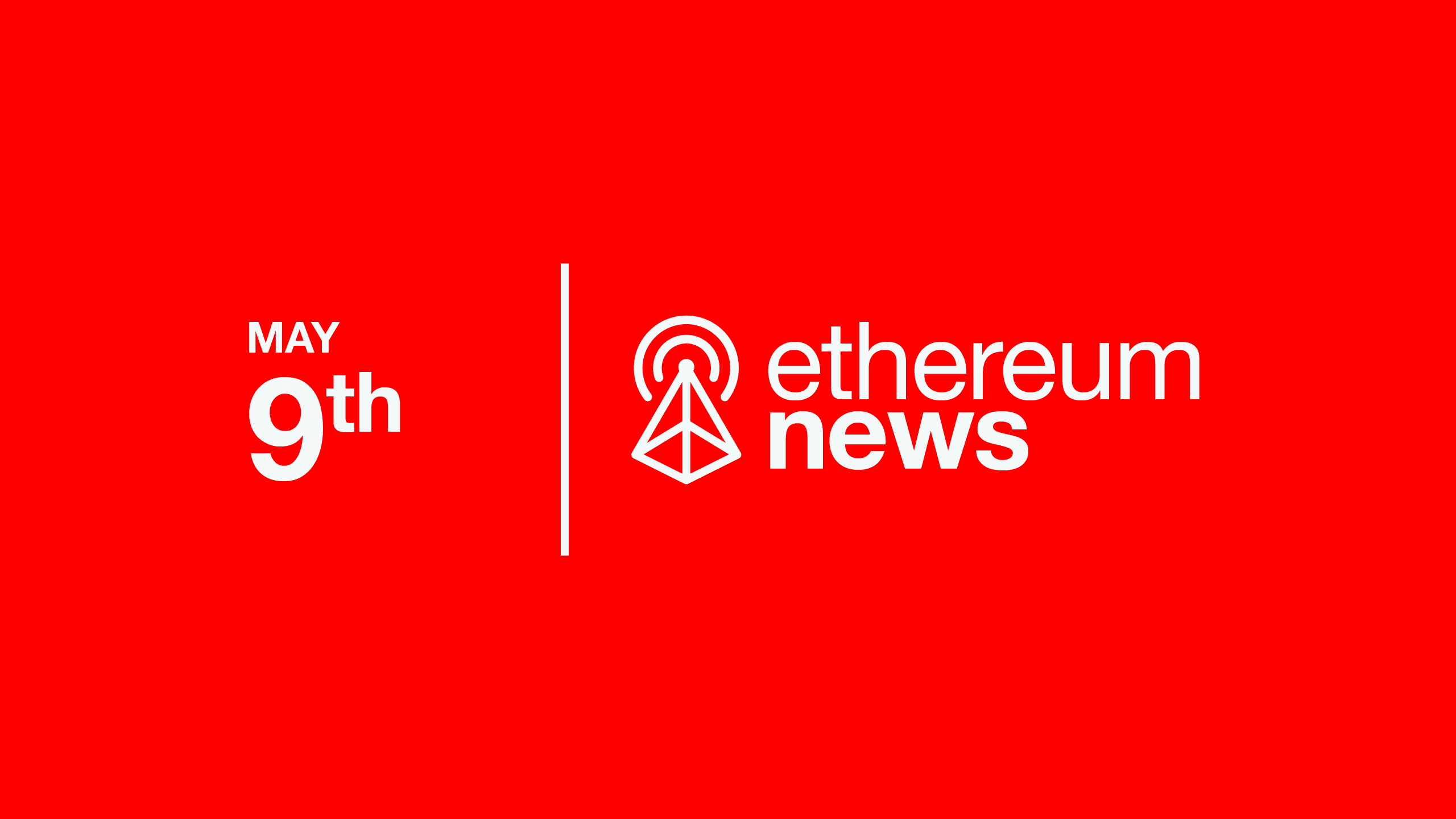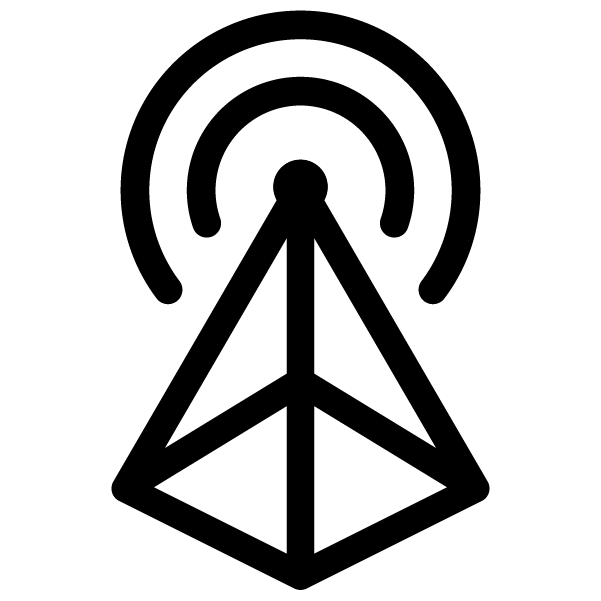Cozy V2 Now Live On Optimism
Cozy V2 allows anyone to create a custom risk basket with their desired markets, price, and payout logic.

Quick Take
- MakerDAO launches Spark Protocol.
- Lido prepares for its V2 upgrade.
- Cozy Finance V2 goes live on Optimism.
- Developers publish a readiness checklist for EIP-4844.
Listen on: Apple | Castbox | Spotify | YouTube | Lens
Optimism Highlights 🔴✨
Cozy V2 Now Live On Optimism
Cozy Finance, a protection markets protocol, deployed the second iteration of its protocol on Optimism. Cozy Finance allows users to purchase protection on their defi positions and allows liquidity providers to earn a yield for providing protection. Cozy features a default “Blue Chip Protection Set” for protection providers willing to supply USDC. Cozy V2 allows anyone to create a custom risk basket with their desired markets, price, and payout logic. Cozy V2 also allows users to create custom logic for protecting against hacks. Users can select from Chainlink or UMA Optimistic oracles to set price triggers and price deviation values. Cozy V2 also allows users to brand their protection triggers and sets, which can be used by other users.
Spark Protocol Goes Live
MakerDAO launched Spark Protocol, a fork of Aave V3 that serves as a front-end for interacting with DAI. The protocol’s initial product is Spark Lend, a lending market for highly liquid and high market cap assets. The protocol taps into Maker’s DAI Direct Deposit Module (D3M) as a credit line for accessing DAI liquidity. Spark Protocol also introduces a tokenized version of DAI deposited into the DAI Savings Rate module called sDAI. The DSR offers a yield of 1%. Spark Lend supports ETH, stETH, DAI, sDAI, and USDC as collateral. Borrowing DAI currently incurs a 1.11% interest rate, which is based on the DAI Savings Rate rather than the utilization rate.
Lido Prepares For V2 Upgrade
The Lido V2 upgrade is set to go live on Monday, May 15th following approval from governance. Once live, the protocol will be able to process stETH redemptions for liquid stakers. Lido will use funds from its withdrawals vault as a buffer to prioritize withdrawal requests. The buffer should allow stETH holders to withdraw within 1 day. Lido says withdrawal requests are likely to be serviced more quickly during the first 3 days after the upgrade as there are 270k ether readily available in the withdrawals vault. Any ether remaining in the vault after all withdrawal requests have been processed will be restaked. A governance vote to execute Lido V2 will go live on May 12th.
EIP-4844 Readiness For Deployment In Q4
Ethereum core developers published an EIP-4844 readiness checklist outlining tasks that need to be completed before the EIP is executed on mainnet. The checklist covers spec-level and client-level open issues. Developers have already completed devnets, the KZG ceremony, tooling, and most consensus layer testing. Developers still need to determine if they will implement an SSZ serialization scheme on the execution layer. Developers also need to complete all execution layer, end-to-end, and fuzzing tests. Wenmerge.com expects the Cancun upgrade to be deployed in Q4 of this year.
Madara Customizable StarkNet Sequencer
Madara, a customizable Starknet sequencer, published its developer documentation. Madara is designed for Starknet-based validity rollup chains. The sequencer provider aims to help developers deploy starknet app chains within minutes. Madara uses the Cairo VM for Cairo smart contract execution and allows developers to select their own solutions for data availability, account management, and consensus.

